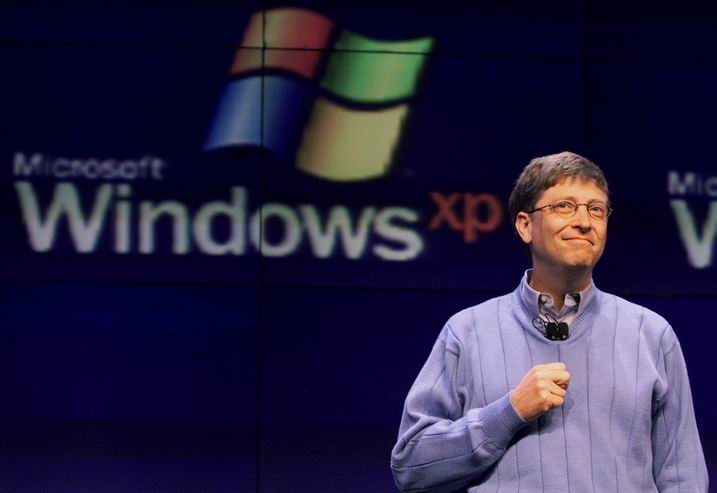
Bill Gates and his masterstroke: how he sold Windows, an operating system that didn’t exist yet
On November 20, 1985, Microsoft released the very first version of the Microsoft Windows operating system. Bill Gates presented Windows 1.0, the first graphical operating system, at the luxurious Helmsley Palace Hotel in New York City.

- What happened. Microsoft co-founder and CEO Bill Gates has announced that the company has developed and is launching the “world’s first graphical operating system.” Moreover, Gates promised that by the end of next year, Windows “will be on 90% of computers.” For a market dominated by MS-DOS, where you had to communicate with a computer using the command line (only from the keyboard), this was a real sensation.
- Why it matters. “An “intuitive interface” and a mouse manipulator allowed computers to turn from a toy for freaks and engineers into a commonplace device. With a graphical OS, anyone could use it. This gave PC manufacturers millions of new potential customers and opened up an incredible multi-billion dollar market.
What was Windows 1.0 like?
It was hard to call Win 1.0 a real operating system. Rather, it was an add-on to the good old MS-DOS that allowed you to communicate with a personal computer, bypassing the command line with the help of the familiar “windows” and the mouse. It also had a graphic editor and the first built-in computer game. But all of this existed only in the form of a presentation: for Windows 1.0 to actually work, Microsoft needed at least another year of development.
Why was it necessary to introduce a non-working Windows 1.0 OS
Back in 1982, Bill Gates learned that VisiCorp and Apple were developing an operating system with a graphical user interface (GUI). In 1983, both competitors’ OSes were almost ready, and Microsoft was lagging far behind in developing its own. That’s why we decided to take the initiative and hold a presentation of the half-developed Windows. And since Microsoft had previously managed to sell a license for MS-DOS to IBM itself, literally everyone started talking about Windows after the presentation.

Windows 1.0: How it worked
18 days after the presentation of Windows 1.0, the fall COMDEX “83 – one of the largest computer exhibitions in the world – began in Las Vegas. The press ignored the VisiCorp graphical OS presented there: journalists wrote and talked only about Windows 1.0. Even though the “Windows 1.0 demo” at COMDEX was not open to outsiders (remember, it was not yet working), computer manufacturers and software developers were seriously interested in the OS.
The first graphical OS: what happened next
For PC manufacturers, the new OS was interesting, in part, because of the reputation of “predatory Microsoft, which was able to install its MS-DOS on every IBM PC.” For software developers, it’s because Bill Gates made a brilliant move: he promised that any third-party program would run on Windows. There were no restrictions, royalties, or additional requirements, and software developers could sell them directly to users – such software simply had to meet Microsoft’s specifications, which automatically made it compatible with the operating system. This fact has made the OS extremely popular among developers. Unlike Apple’s much more advanced OS, which had strict requirements for compatible programs and remained a niche product.

Microsoft’s hegemony
The first Windows that actually worked appeared only in November 1985, two years after the presentation at Helmsley Palace. It was Windows 1.01, which fit on two five-inch floppy disks, required only 256 KB of RAM, and cost $99. In total, over the next four months, they sold about half a million copies. Even now, 37 years later, Windows accounts for 75% of the market (as of April 2022).
And Microsoft is still one of the most expensive companies in the world, with a capitalization of $1.67 trillion. For comparison, Apple’s capitalization is currently $2.146 trillion (mainly due to the production of mobile devices), while IBM, which has long since lost its position as the No. 1 computer manufacturer, is worth $123 billion.

